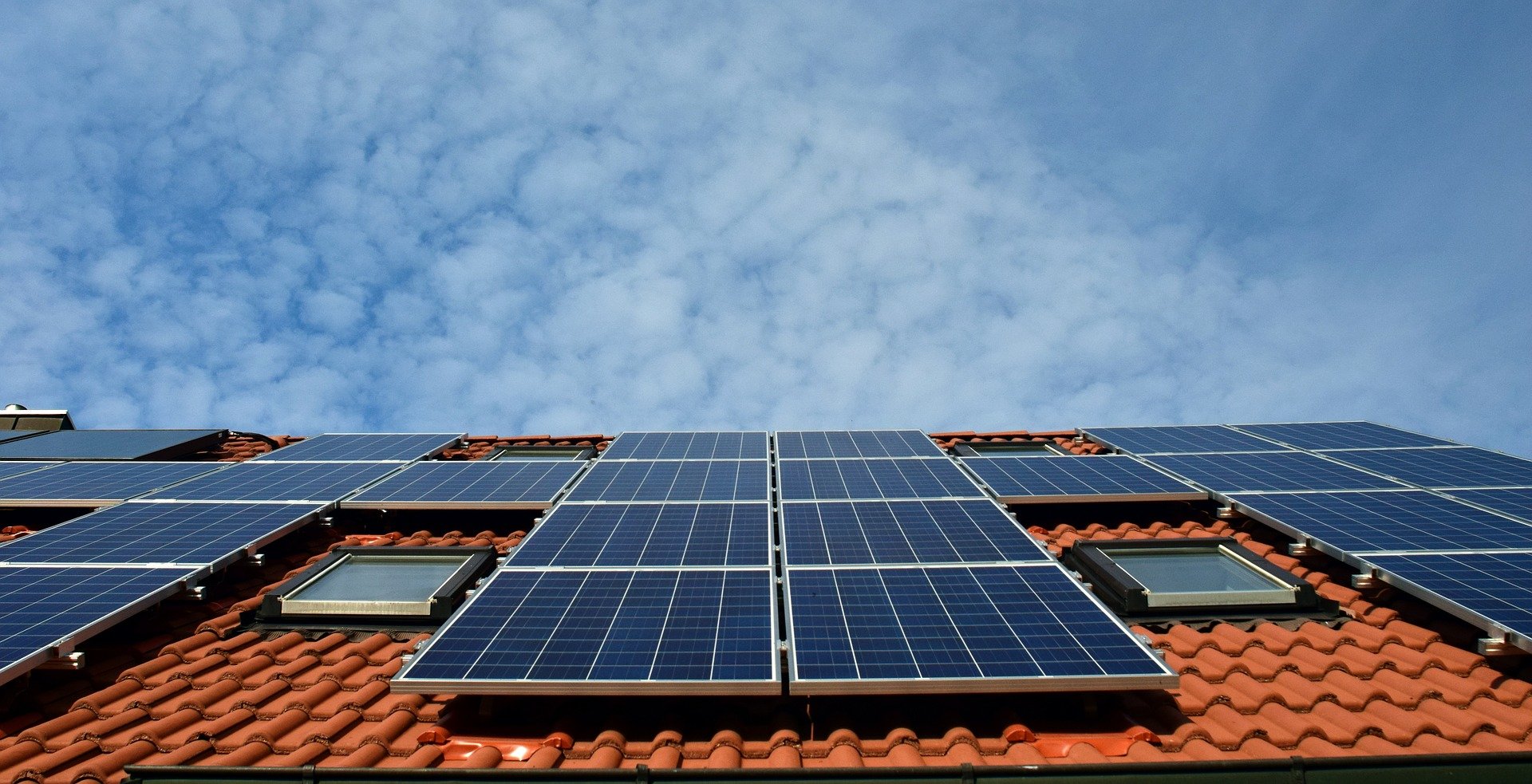What is the penetration of solar panels that my distribution grid can accomodate?
This question is starting to haunt many distribution system operators who see how distributed generation is increasing on their grids and wonder what the limit is. So far, in many countries, distribution system operators have no control over these small-scale generation sources such as solar panels (PV) connected at 220v or 400v. In fact, they do not have much visibility over what is happening at low voltage, and it makes sense to start asking when and where there will be problems.
The short answer to the question is, like most things in life, “it depends”.
Electrical systems are like ecosystems in which everything is connected and dependent. In ocean ecosystems if you don’t protect sharks, the coral reefs are affected. None thought there was direct relationship until they found the correlation. In the electrical systems, it happens the same. It is very difficult to answer a simple question, such as what the penetration level of photovoltaics makes the trigger, with a single figure, when the answer depends on many variables that are interconnected. When you move one variable, you are affecting all of them, and having the optimal balance is not that simple.
When we talk about a large penetration of distributed generation, people sense that it will be a problem, and there are already several media reports about this kind of situations . For example, in South Australia, the penetration of PV in households is about 35% ,and during February 2021, the energy authorities had to disconnect domestic PV to preserve grid stability.
The main problem was not high PV penetration. The problem was a combination of “ecosystem” factors called the three “S’s”: Sunday – Summer – Sun. The combination of the three “S’s” produced a situation where more than 70% of the state’s electricity consumption came from rooftop solar panels alone, forcing the energy authority to shut down.
At this point, some may think: “OK, fine, this is not a problem for us. We don’t have as much sun as in South Australia”, and this is where the importance of understanding the “ecosystem” becomes relevant.
Traditionally, and especially in terminal electrical distribution, the network functioned as a system of pipes that distributed energy between users, generating clearly defined power flows in a single direction, from upstream to downstream. This meant that voltage profiles were always decreasing as we moved from the head of a feeder of a transformer to its end. Transformers with taps regulated the voltage on their secondary knowing with certainty that this was the point of maximum voltage in the feeder and that from there onwards the voltage would decrease. It was relatively simple to regulate the voltage to ensure a reasonable minimum voltage level and a reduction of losses in the distribution network.
Today, the emergence of distributed generation on the low voltage grid causes reverse power flows that confuse the control algorithms of tap changers in the case of automatic tap changers or confuse grid operators in the case of taps with manual taps. In any case, the appearance of reverse power flows on certain phases of certain feeders during certain times of the year means that voltage profiles are not monotonically decreasing and that voltage regulation on feeders is not a trivial matter.
Last year, we encountered a situation where the owner of a PV panel in a rural distributed network complained a lot to the distribution system operator because he was being disconnected from the grid very frequently.
The distribution company blamed the PV converter manufacturer of this PV household arguing that the converter was causing the tripping. The PV converter manufacturer stated that it had delivered a compliant product and that it met all the necessary requirements on the grid and the trip was generated by the overvoltage protection setup. The retailer who worked with the householder blamed the distribution system operator for creating this high voltage profile… and in the end, there was a disgruntled customer.
After modelling the problem with our digital twin, we observed that an increase in the power flow in the transformer caused the system operator to react by increasing the voltage to prevent the end-of-line voltage from falling below the allowed limits. However, in this case the power flow through one of the phases was reverse generated mainly by the PV generator. The power injection at the end of the line raised the voltage at the coupling point of the PV converter above that regulated in the transformer, reaching overvoltages of 10% which caused the converter’s protection to trip. At these times, even when the converter was no longer injecting active power, its filter injected reactive power, causing the voltage to remain high and delaying the reclosing.
At this point, some may think again: “OK, fine! this is not a problem for us at this point, …and a customer complaining is something we can handle”, and that is true, but the next question to think about is: “What if there is a second PV on the same ecosystem?”
The problem of distributed generation penetration does not just come from the power that solar panels can insert into the grid and what is the maximum penetration that the grid can support. The problem of distributed generation comes from the interaction of all the actors in the system. Voltages are affected by the type of consumption or generation you have in the system.
The number of scenarios to which the same section of the grid can be exposed is endless and this makes the traditional processes for resolving these situations slow and reactive. To find a solution to this issue, it is necessary to understand what is happening in the entire “electricity ecosystem” and find the appropriate response to each situation in real time. Some may think to start putting measurements to control household PV generation, and this may be an “easy patch” today, but what will happen when electrical vehicles can discharge their batteries at convenience in an economical way?
Only by modelling the grid and understanding how changes affect the grid, proactive measures can be taken to save time, improve SAIDI and SAIFI, and provide end customers with frictionless experiences with electricity.


